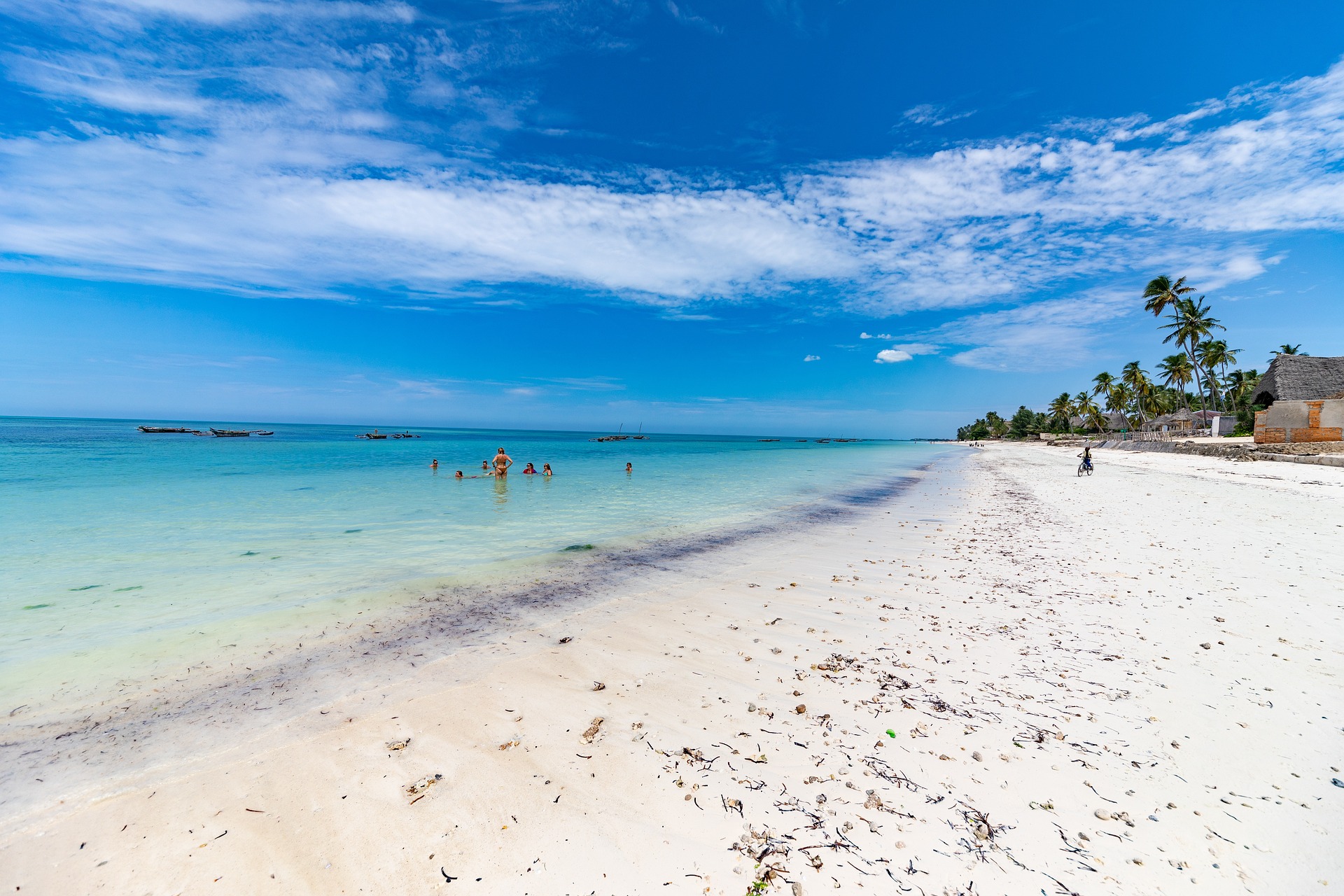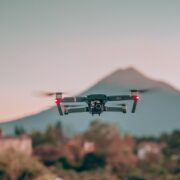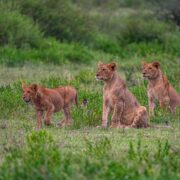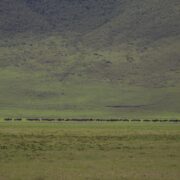
Drone and Camera Use on Tanzania Safaris: Rules, Tips, and Alternatives
Tanzania’s stunning landscapes and extraordinary wildlife make it a dream destination for photographers and filmmakers. But if you’re thinking of capturing aerial shots using a drone, be aware: Tanzania has some of the strictest drone laws in East Africa. In fact, using a drone on safari without the proper approvals can lead to hefty fines and confiscation of your equipment.
In this guide, we break down the regulations, explain the permit process, and suggest alternative ways to capture incredible imagery—without putting wildlife, yourself, or your gear at risk.
Drone Use in Tanzania: What the Law Says
Flying a drone in Tanzania is heavily regulated, especially in protected areas such as national parks. Here’s a breakdown of what you need before you even think of launching:
Permits and Authorizations Required
- TCAA Registration: All drones must be registered with the Tanzania Civil Aviation Authority (TCAA). Flying without registration is illegal.
- TCAA Operation Permit: Foreign visitors must obtain this, along with additional clearance from the Ministry of Defense.
- Film Board Approval: Any aerial filming—personal or commercial—requires a permit from the Tanzania Film Board.
- TANAPA Permit: The Tanzania National Parks Authority (TANAPA) must approve drone use inside any park. This typically requires a permit from the Conservation Commissioner.
Important: Even with all permits, only small drones (under 7 kg) are allowed, and commercial use must be pre-approved by the TCAA.
Operating a Drone on Safari: What You Need to Know
If you manage to get all the necessary permits, strict flying rules still apply:
- Altitude: Maximum of 121 meters (400 feet) above ground.
- Minimum Park Height: At least 50 meters above the ground when inside a park.
- Line of Sight: Drones must remain in direct visual contact at all times.
- No Night Flights: Flying after dark is strictly prohibited.
- No Disruption: Drones cannot be flown close to other tourists or wildlife groups.
- Ranger Escort: In national parks, flights must be supervised by a ranger—and you must pay for their time.
Violation Penalty: Fines of at least TZS 100,000 (~$100 USD) and drone confiscation are standard for breaking these laws.
Why the Restrictions?
Tanzania’s strict drone laws are in place for good reason:
- Protecting Wildlife: Drones can stress animals, disrupt feeding, or trigger defensive behaviors—especially in sensitive species like elephants and cheetahs.
- Ensuring Visitor Safety: Unexpected drone noise or movement can scare both wildlife and nearby tourists.
- Preventing Poaching: Drones can be misused to track animals. Tight regulations help prevent illegal activity.
Legal Alternatives to Personal Drone Use
You can still capture stunning aerial-style visuals without flying your own drone. Here are some safer and legal alternatives:
🎥 Licensed Aerial Operators
Work with a local videographer or safari operator who has the proper drone permits and can provide professional footage legally.
🎈 Hot-Air Balloon Safaris
Experience breathtaking views in parks like Serengeti or Ngorongoro. These balloon rides are fully licensed and provide fantastic photo opportunities.
📷 Telephoto & Zoom Lenses
Invest in a strong zoom lens or a smartphone tele-lens. You’ll be able to capture intimate wildlife moments without ever leaving your seat.
🪟 Elevated Viewing Platforms
Many camps and lodges have raised viewing decks or treehouses. They offer wide-angle views that are perfect for still and video photography.
🐘 Edge-of-Park Filming
Wildlife on private land adjacent to national parks is often accessible without TANAPA restrictions—but always confirm local drone rules before filming.
Safari Photography Tips (Without Drones)
Even without a drone, you can take remarkable wildlife photos. Here are some essential tips:
- Stay in the Vehicle: Only exit when your guide says it’s safe.
- Go Silent: Turn off shutter beeps and avoid flash.
- Use Zoom Instead of Approaching: If an animal looks alert or agitated, stop and wait.
- Listen to Your Guide: They understand animal behavior and park rules best.
- Use Natural Light: Early morning and late afternoon offer the most dramatic light.
- Protect Your Gear: Safari dust and bumpy roads can be rough on cameras. Strap gear down and clean lenses often.
Respect the Wild
Remember, you are a guest in the wilderness. Always keep noise to a minimum, maintain safe distances, and never pressure animals for a better shot. If an animal changes its behavior because of your presence, you’re too close.
By respecting these guidelines, you not only protect wildlife but help preserve Tanzania’s unique safari experience for others.
Recent Posts
Drone and Camera Use on Tanzania Safaris: Rules, Tips, and Alternatives
When to Visit Tanzania: A Guide to the Best Times
All Categories
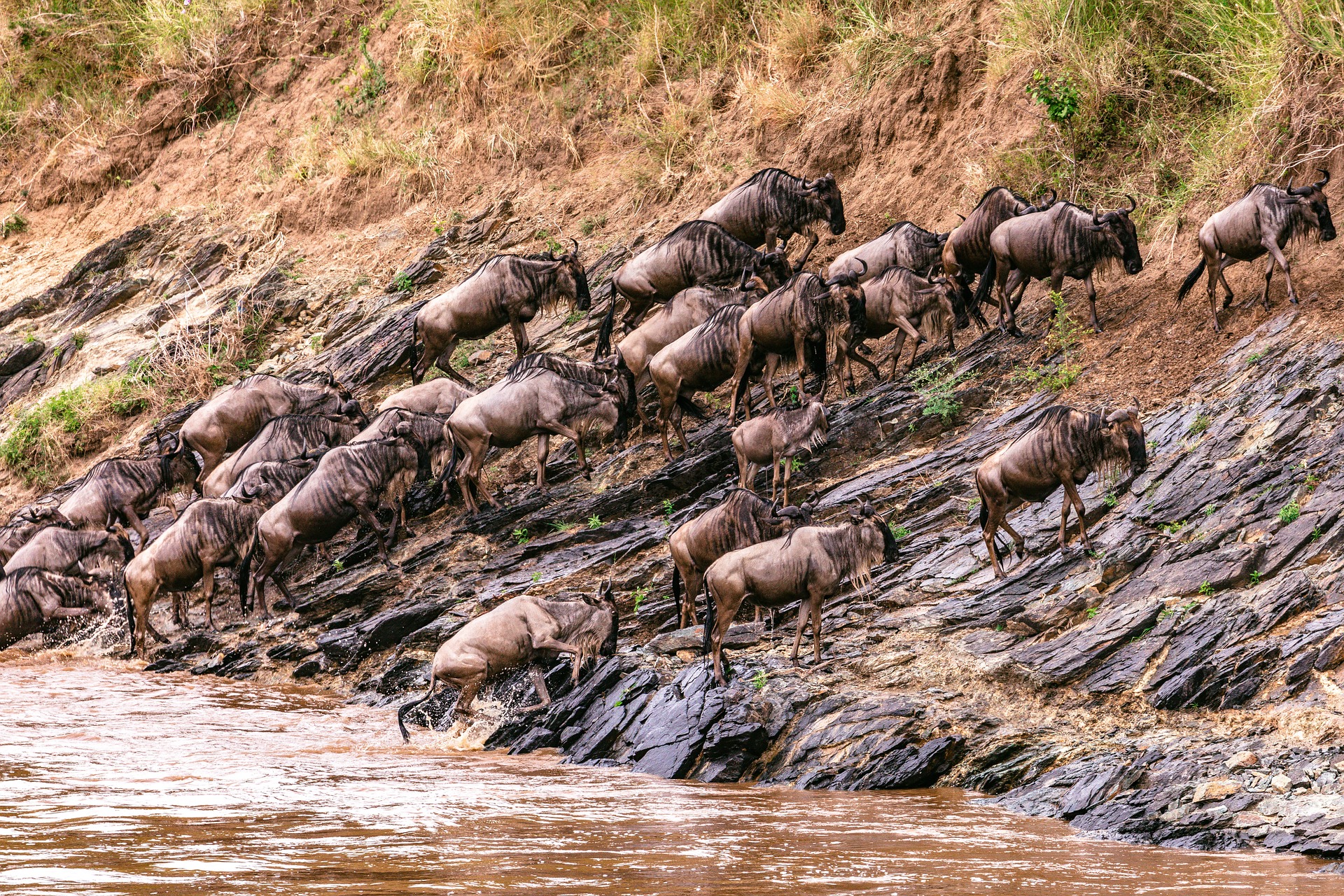
Serengeti
